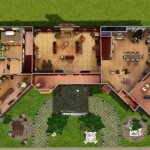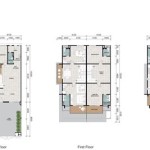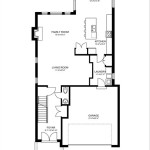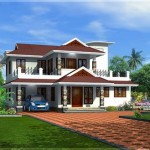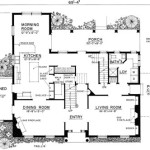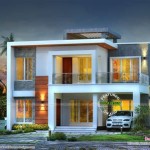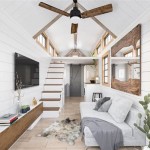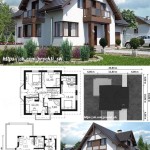Essential Aspects of Modular Homes Floor Plans
Modular homes, also known as prefabricated homes, have gained popularity due to their numerous advantages, including shorter construction times, cost-efficiency, and design flexibility. Understanding the essential aspects of modular homes floor plans is crucial for designing and constructing a customized and functional home that meets your specific needs.
1. Modular Design Grid System
Modular homes are constructed using a grid system that divides the structure into modules or sections. These modules are typically designed to be transportable, ranging in size from 12 to 16 feet wide. The grid system allows for a wide range of design possibilities, enabling you to combine different modules to create a floor plan that fits your lifestyle.
2. Single-Story and Multi-Story Options
Modular homes offer both single-story and multi-story options. Single-story floor plans are ideal for those seeking convenience and accessibility. Multi-story floor plans, on the other hand, provide additional space and separation, making them suitable for larger families or those who desire specific living areas on different levels.
3. Modular Home Sizes and Dimensions
The size and dimensions of your modular home will depend on your specific requirements. Modular homes can range in size from small cabins to spacious family homes. The width and length of the modules are typically determined by the grid system, while the height can vary depending on the number of stories.
4. Open Floor Plans and Space Optimization
Modular homes often feature open floor plans, which eliminate unnecessary walls and create a spacious and inviting living environment. This design approach allows for better flow and utilization of space, making the home feel larger than it actually is. Clever storage solutions and built-in cabinetry help optimize space further.
5. Customization and Flexibility
One of the main advantages of modular homes is their customization flexibility. You can choose from a wide range of floor plans and module combinations to create a home that perfectly suits your preferences. Whether you desire a traditional layout or a more contemporary design, modular homes offer endless possibilities for personalization.
6. Energy Efficiency and Sustainable Features
Modular homes are designed to meet the latest energy efficiency standards. Advanced building techniques and materials ensure optimal insulation, air sealing, and ventilation. Additionally, you can incorporate sustainable features such as solar panels, energy-efficient appliances, and low-flow fixtures to minimize your environmental impact.
7. Cost Considerations
While modular homes are generally more cost-effective than traditional site-built homes, the cost can vary based on the size, design complexity, and level of customization. It's important to factor in the transportation and installation expenses when budgeting for your modular home.
Conclusion
Understanding the essential aspects of modular homes floor plans is key to designing a customized and functional home that aligns with your lifestyle and preferences. From the modular design grid system to energy efficiency and cost considerations, careful planning and collaboration with a reputable modular home builder will ensure a successful and satisfying homeownership experience.

Floor Plans Austin Tx Modular Homes

Modular Floor Plans Signature Building Systems

Choosing The Best Floor Plan For Your Modular Home Next

Modular House Plans Modularhomeowners Com

Top Five Most Popular Modular Home Floor Plans

Mobile Homes For Modular Home Floorplans Next

Floor Plans Finish Werks

Jamison 1 Story One Stories Modular Home Floor Plan The

13 Best Modern Modular Home Floor Plans And Layouts Homes Direct

Fuller Modular Homes Classic Ranch 1288 Home Floor Plan Weird Sinks Plans

